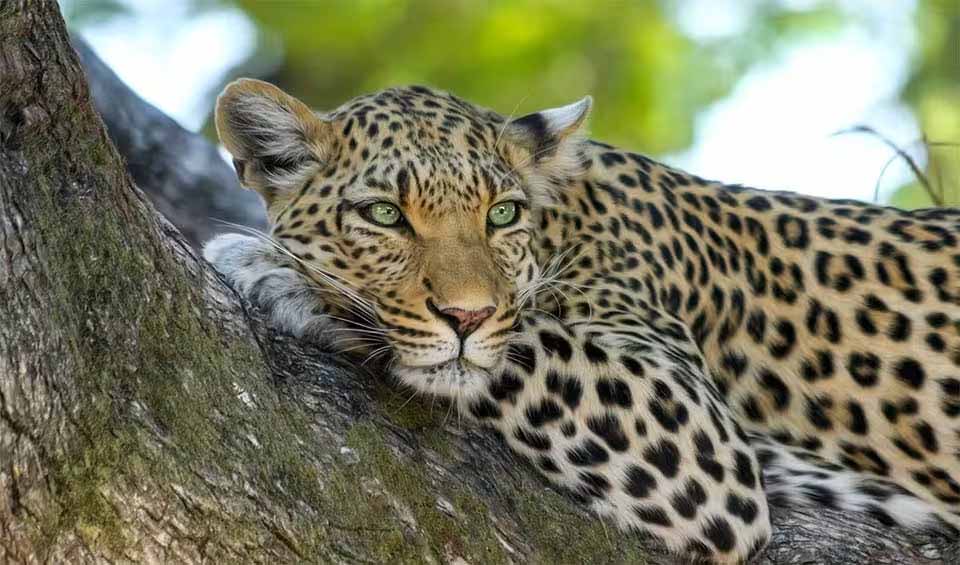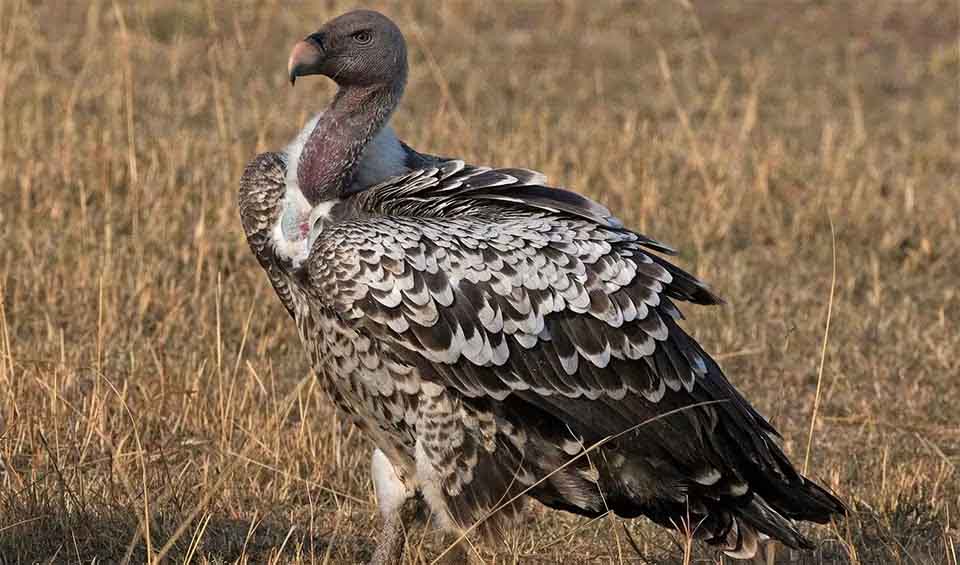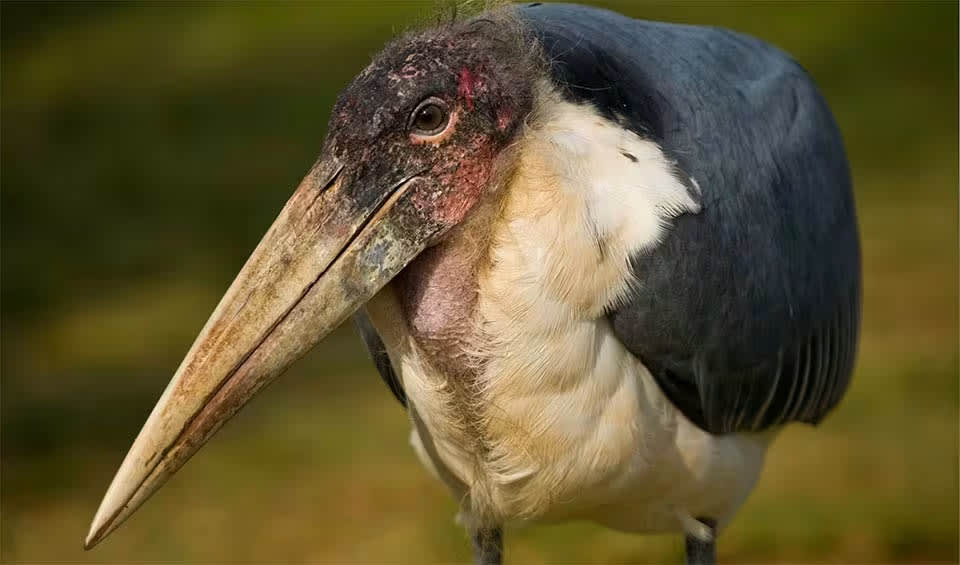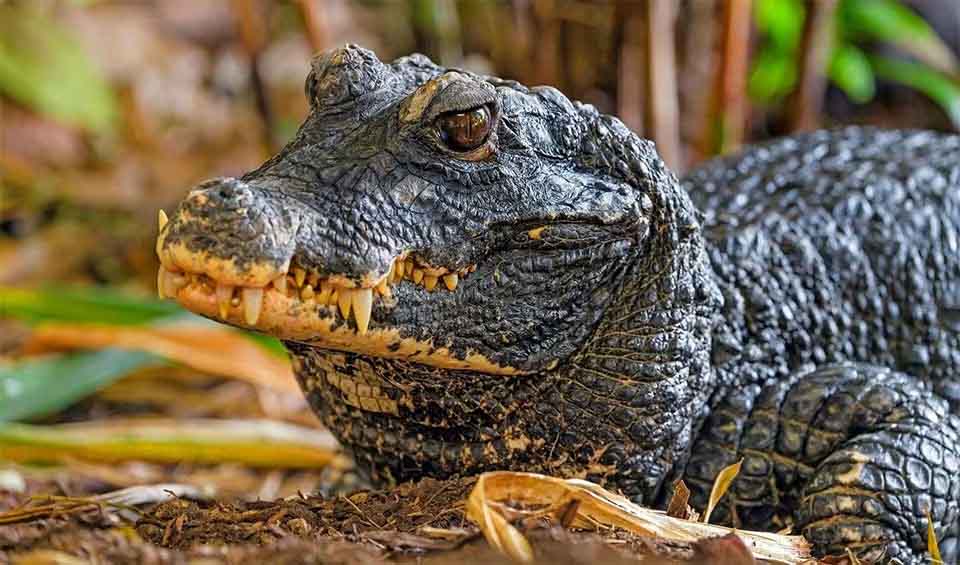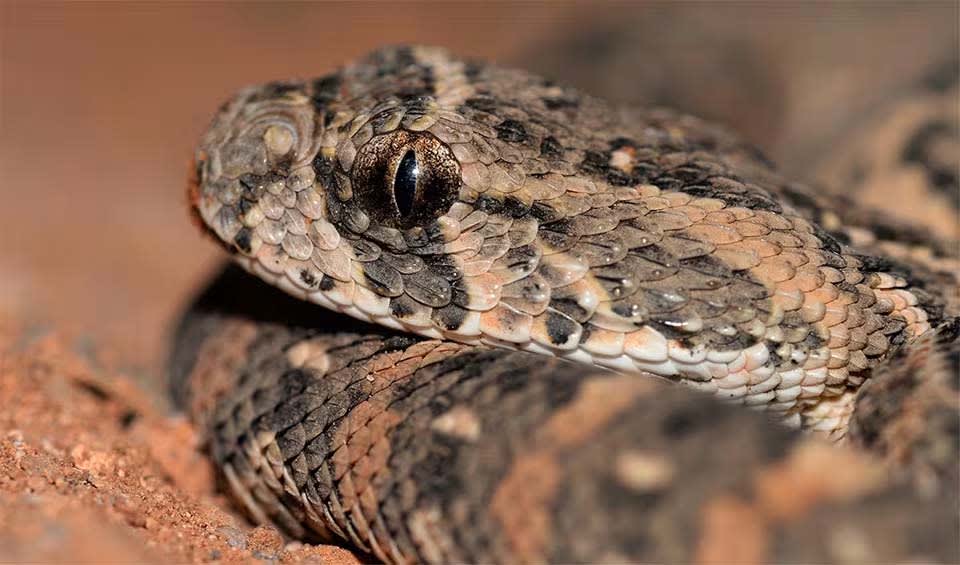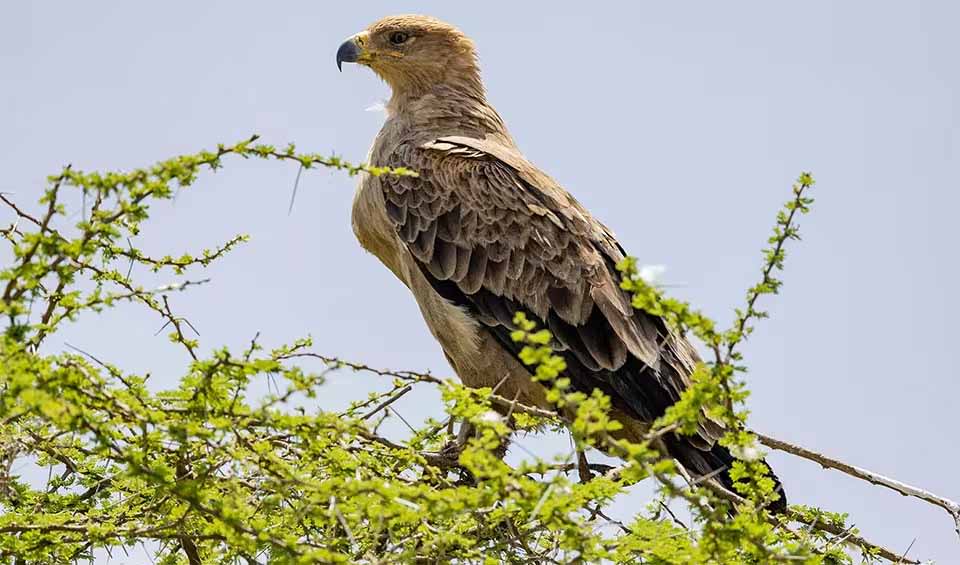Ghana is endowed with a diverse array of ecosystems, including tropical high forests, savannas, coastal wetlands, and mangroves, which together create a unique tapestry that supports an abundant biodiversity. The country is home to over 3,600 plant species and a wide variety of animal life, making it a vital area for conservation. Particularly notable is the presence of over 20 butterfly species endemic to the region.
Ghana’s terrestrial ecosystem is categorized into two major biomes—tropical high forest and savannahs—further divided into six agro-ecological zones: the Sudan Savannah, Guinea Savannah, Coastal Savannah, Forest-Savannah Transitional, the Semi-deciduous Forest, and the High Forest zones. These zones reflect the diversity in climate, vegetation, and soils, contributing to the country’s rich biodiversity.
Four pillars elaborated:
Ghana’s tropical forests, covering 10.2% of the nation’s total land area or approximately 2.46 million hectares (20,460 km²), are predominantly located in the southern-western and middle sectors, with most existing within statutory forest reserves. Outside these reserves, traditionally protected forests, such as sacred groves, comprise less than two percent of the total forest area. A significant transition zone that was once forest is now evolving into savannah, characteristic of much of the rest of the country. Land Management
Land Management
Additionally, Ghana has designated five wetlands as Ramsar sites, crucial for their role as stopovers for migratory species and for providing invaluable ecosystem services to local communities, particularly two located in the highly urbanized areas of Accra.
Ghana, rich in biological resources, is facing severe threats to its biodiversity due to a multitude of pressures. From 1900 to 1990, the nation lost 80% of its forests primarily to logging and subsequent slash-and-burn agriculture, which along with timber harvesting, wildfires, mining, and a rising demand for fuel wood, continue to decimate local ecosystems. The strong hunting tradition in Ghana exacerbates the situation, with bush meat hunting—particularly of large birds and medium-sized mammals like forest antelopes and monkeys—intensifying due to access via new logging roads. Threats to Biodiversity
Threats to Biodiversity
Additionally, Ghana is grappling with invasive species, climate change, pollution, overfishing, poor resource management, urbanization, and weak national coordination in conservation efforts. Its marine ecosystems suffer from overfishing beyond sustainable limits, destructive fishing practices, and pollution, leading to declining fish stocks, loss of marine biodiversity, habitat destruction, and coastal erosion, all of which threaten both livelihoods and ocean health.
Ghana has formulated the Shared Growth Development Agenda (GSGDA) for 2010-2013, focusing on promoting science and technology, maintaining environmental quality, and incorporating environmental considerations into development policies. The country has established three main forestry policies: the Forest and Wildlife Policy (1994), the Wildfire Policy, and the National Bio-safety in Biotechnology Guidelines. Capacity and Governance
Capacity and Governance
Additionally, the Fisheries Act of 2002 governs the management of aquatic ecosystems, prohibiting the importation of exotic species and establishing by-laws for small-scale fishing. Furthermore, Ghana has initiated a community-based program known as Community Resource Management Areas (CREMA), which aims to enhance the natural resource management capabilities of communities adjacent to wildlife conservation areas.
Ghana is in the process of formulating its inaugural Biodiversity Policy, which seeks to diminish threats to its extensive biodiversity, encompassing over 6,000 species of flora and fauna. The goal is to foster sustainable use and equitable sharing of biodiversity benefits to fulfill the needs of its population. Currently at the consultation phase, this draft policy aligns with the global biodiversity conservation framework established post-2020. Future Trends
Future Trends
Biodiversity
Ghana’s coastline along the Atlantic Ocean spans about 560 kilometers and features a variety of habitats, including sandy beaches, lagoons, estuaries, and mangrove swamps. These coastal and marine ecosystems are crucial for numerous species of fish, crustaceans, and mollusks, supporting local fisheries and livelihoods. The mangrove forests, in particular, provide essential breeding grounds for fish and shelter for bird species like herons, egrets, and the endangered West African manatee.In the southern part, tropical rainforests are prominent, particularly in the Western Region and parts of the Ashanti Region. These rainforests are part of the Upper Guinean Forest ecosystem, which is recognized as a biodiversity hotspot. The Kakum National Park and Ankasa Conservation Area are significant protected areas that harbor diverse wildlife, including forest elephants, chimpanzees, pygmy hippos, and various species of monkeys. These forests are also home to a rich diversity of plant species, many of which are endemic or rare.
In the table below are the number of known species in several main groups, how many of these species are Threatened with extinction, and how many of them are Endemic (unique to Ghana only):
| Species (World rank) |
Threatened | % Threatened | Endemic | % Endemic | |
|---|---|---|---|---|---|
| Mammals | 278 (#33) | 21 | 7.6% | 1 | 0.4% |
| Birds | 681 (#42) | 25 | 3.7% | ||
| Reptiles | 187 (#51) | 8 | 4.3% | 3 | 1.6% |
| Amphibians | 91 (#39) | 24 | 26.4% | 5 | 5.5% |
| Fishes | 693 (#84) | 74 | 10.7% | 9 | 1.3% |
| Plants | 3,600 (#98) | 119 | 3.3% | 1 | 0.0% |
mammals
Leopard
Disappearing graceful shadows, this tree-climber is on the way to extinction
Spotted hyena
Also known as Laughing Hyena, it gets chewed a lot for being cruddy and a good-for-nothing scavenger!
Chimpanzee
Our closest living relative from the wild
birds
Rüppells vulture
Once found flying 11,300 meters (37,100 ft) high, sadly, this was more of an accident than a discovery
Marabou stork
This Nature’s cleaners are the largest & heaviest living stork
Black crowned crane
In some regions, they are regarded as messengers of the gods or as symbols of rain and fertility
reptiles
Dwarf crocodile
Timid nocturnal with broad snouts native to Africa, they are the smallest of all crocs
Leatherback sea turtle
The mysterious diver of the ocean is the largest and only sea turtle without a hard shell and scales
Puff adder
Notoriously grumpy, always putting on a dramatic hissy fit when approached
National Animals
Tawny eagle
Often seen as a symbol of strength, freedom, and keen vision in many African communities
